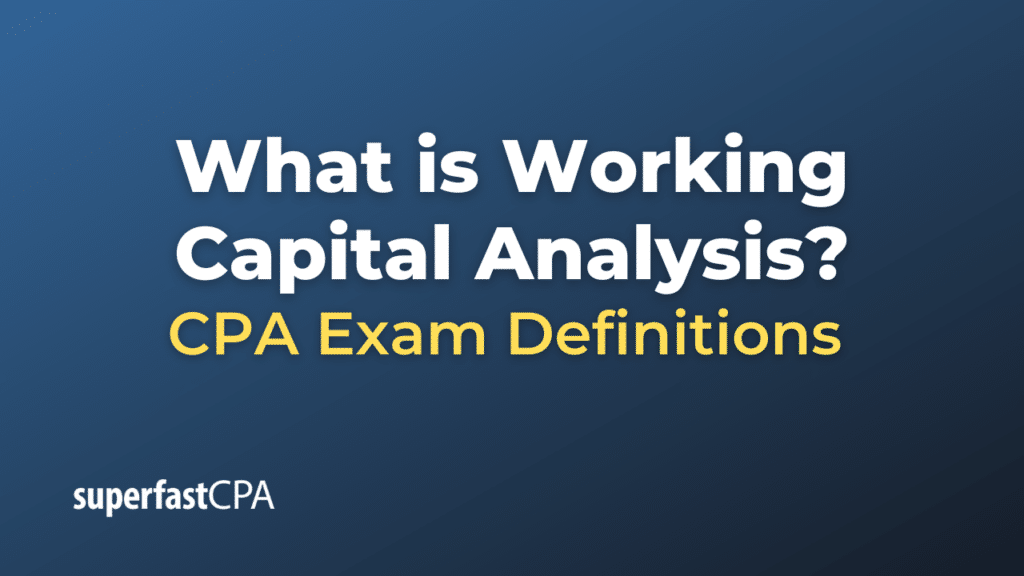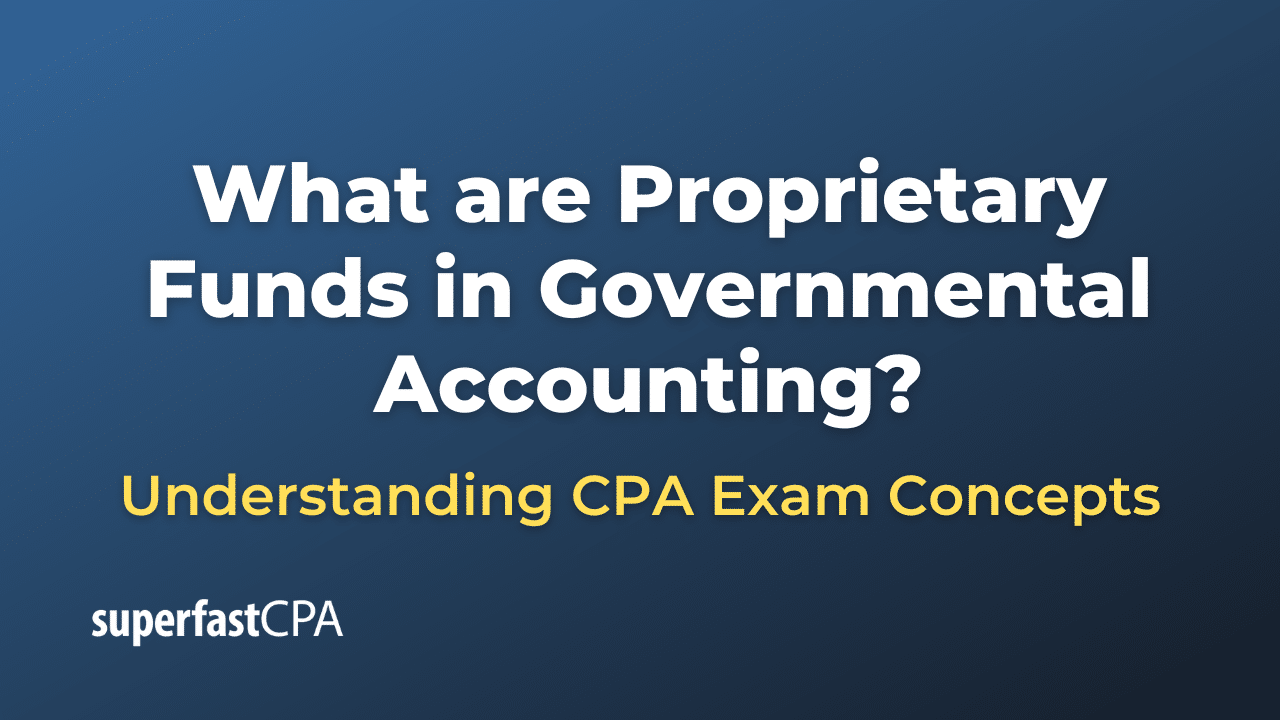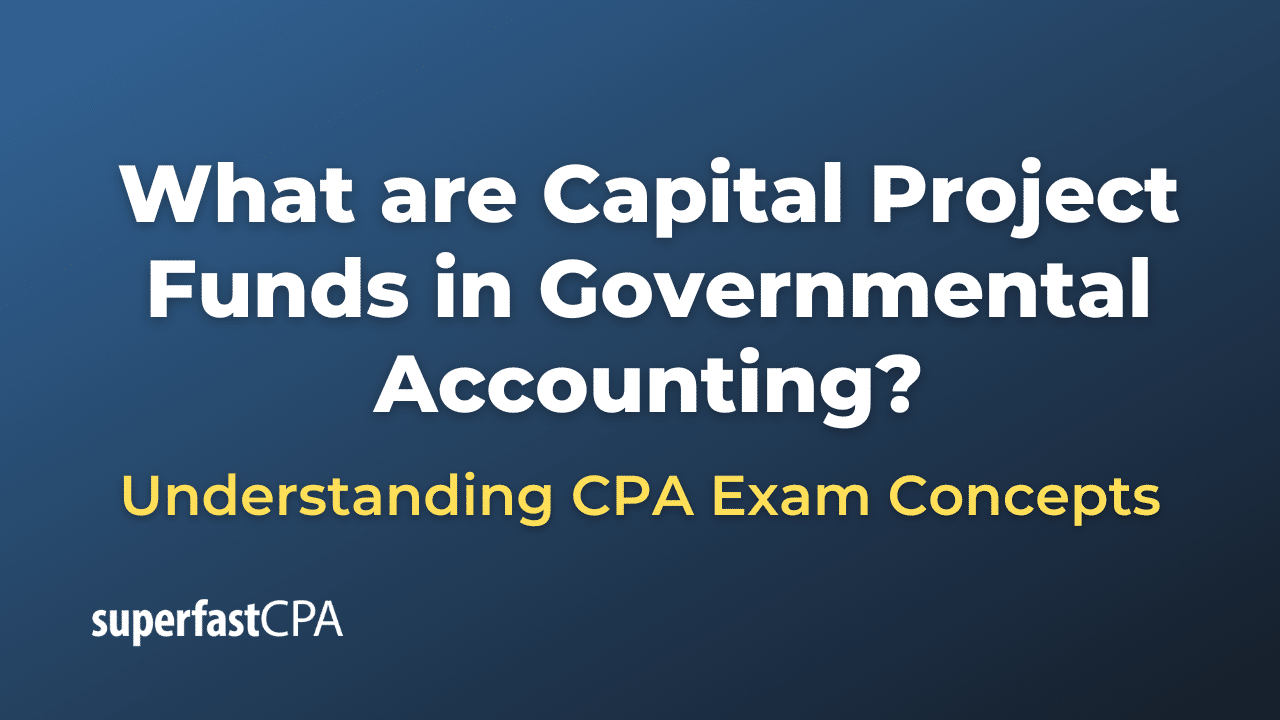Working Capital Analysis
Working capital analysis is the assessment of a company’s short-term financial health and operational efficiency by examining its working capital. The primary objective is to evaluate the company’s ability to meet its short-term obligations using its short-term assets. This analysis provides insights into liquidity, solvency, operational efficiency, and overall financial management.
Key Components in Working Capital Analysis:
- Current Assets: Includes cash, accounts receivable, inventory, and other short-term assets that can be easily converted to cash within a year.
- Current Liabilities: Includes accounts payable, short-term loans, and other short-term obligations that need to be settled within a year.
Common Ratios Used in Working Capital Analysis:
- Current Ratio: \(\frac{\text{Current Assets}}{\text{Current Liabilities}} \)
- Measures the company’s ability to cover its short-term liabilities with its short-term assets. A ratio above 1 indicates that the company can meet its short-term obligations if they all came due at once.
- Quick Ratio: \(\frac{\text{Current Assets} – \text{Inventory}}{\text{Current Liabilities}} \)
- Similar to the current ratio but excludes inventory from current assets. It measures liquidity with a focus on assets that can be quickly converted to cash.
- Working Capital Turnover: \(\frac{\text{Revenue}}{\text{Average Working Capital}} \)
- Measures how efficiently a company is using its working capital to generate sales.
- Accounts Receivable Turnover: \(\frac{\text{Net Credit Sales}}{\text{Average Accounts Receivable}} \)
- Indicates how quickly a company is collecting payments from its customers.
- Inventory Turnover: \(\frac{\text{Cost of Goods Sold}}{\text{Average Inventory}} \)
- Measures how many times a company’s inventory is sold and replaced during a specific period.
How to Conduct a Working Capital Analysis:
- Calculate Working Capital: Determine current assets and current liabilities, and calculate the working capital by subtracting liabilities from assets.
- Ratio Analysis: Calculate the key ratios mentioned above to evaluate liquidity and efficiency.
- Compare Benchmarks: Compare these ratios to industry averages or to past periods to assess relative performance.
- Analyze Components: Dive deeper into each component (e.g., inventory levels, accounts receivable) to identify areas for improvement.
- Cash Flow Analysis: Assess the cash conversion cycle to understand how long it takes for an initial investment in inventory to turn into cash.
- Scenario Analysis: Assess how the company would fare under different conditions (e.g., seasonal fluctuations, economic downturns).
- Recommend Actions: Based on the analysis, recommend actionable steps for improving working capital management.
Importance:
- Decision-Making: Provides valuable insights for internal management decisions related to procurement, production, and financing.
- Investor & Lender Confidence: A robust working capital analysis can inspire confidence among investors and lenders regarding the company’s financial health.
- Strategic Planning: Helps in aligning operational efficiency with the company’s long-term strategic goals.
Understanding working capital analysis allows businesses to optimize their operations, improve profitability, and make informed decisions that can contribute to long-term stability and growth.
Example of Working Capital Analysis
Let’s consider a fictional technology company named “TechSolve Solutions” to provide a different example of working capital analysis.
TechSolve Solutions’ Financials:
Current Assets:
- Cash: $50,000
- Accounts Receivable: $30,000
- Inventory: $20,000
- Total Current Assets: $100,000
Current Liabilities:
- Accounts Payable: $25,000
- Short-term Loans: $10,000
- Total Current Liabilities: $35,000
Revenue for the year: $300,000
Cost of Goods Sold (COGS): $150,000
Working Capital:
Working Capital = Current Assets − Current Liabilities
Working Capital = $100,000 – $35,000
Working Capital = $65,000
Key Ratios for Analysis:
- Current Ratio:
\(\frac{\text{CurrentAssets}}{\text{CurrentLiabilities}} = \frac{100,000}{35,000} = 2.86 \)- A current ratio of 2.86 indicates excellent liquidity.
- Quick Ratio:
\(\frac{\text{CurrentAssets −Inventory}}{\text{CurrentLiabilities}} = \frac{100,000 — 20,000}{35,000} = 2.29 \)- A quick ratio of 2.29 is also quite robust.
- Working Capital Turnover:
\(\frac{\text{Revenue}}{\text{AverageWorkingCapital}} = \frac{300,000}{65,000} = 4.62 \)- TechSolve turns over its working capital about 4.62 times a year, a decent rate for a technology company.
- Accounts Receivable Turnover:
\(\frac{\text{NetCreditSales}}{\text{AverageAccountsReceivable}} = \frac{300,000}{30,000} = 10 \)- This indicates efficient collection of accounts receivable.
- Inventory Turnover:
\(\frac{\text{COGS}}{\text{AverageInventory}} = \frac{150,000}{20,000} = 7.5\)- The inventory turnover ratio suggests that the company is effectively managing its inventory.
Analysis:
- Liquidity: The high current and quick ratios indicate that TechSolve Solutions is more than capable of meeting its short-term liabilities.
- Efficiency: The working capital turnover of 4.62 and other turnover ratios indicate efficient use of assets to generate revenue.
- Comparison and Benchmarking: These metrics should be compared to industry averages and historical company data for more insightful analysis.
- Management Considerations: With a strong working capital position, TechSolve Solutions may consider investing in growth initiatives or research and development. However, they must also consider if they are holding too much in assets that could be used more effectively.
Based on this working capital analysis, TechSolve Solutions appears to be in excellent financial health. However, it should still look for opportunities to optimize its operations and use of capital.














